India is a multi-lingual and multi-culturally rich country. A diverse country having with numerous attractions, delicious food and vibrant traditions are all attractive to visitor. The country is one of the most popular tourist destinations in the world and the 7th largest country in the world. A mix of spirituality, festivals, history and vast landscapes is its special features. No matter how many times you travel to any part of the country, the memories of India will stay in your mind for a long time.
Surrounded by the great Himalayan mountains to the north, descending into the Indian Ocean to the south, the Bay of Bengal to the east and the Arabian Sea to the west, the country has something for everyone for mountaineers, beaches and adventure junks—all are incredible to the world.
- Taj Mahal
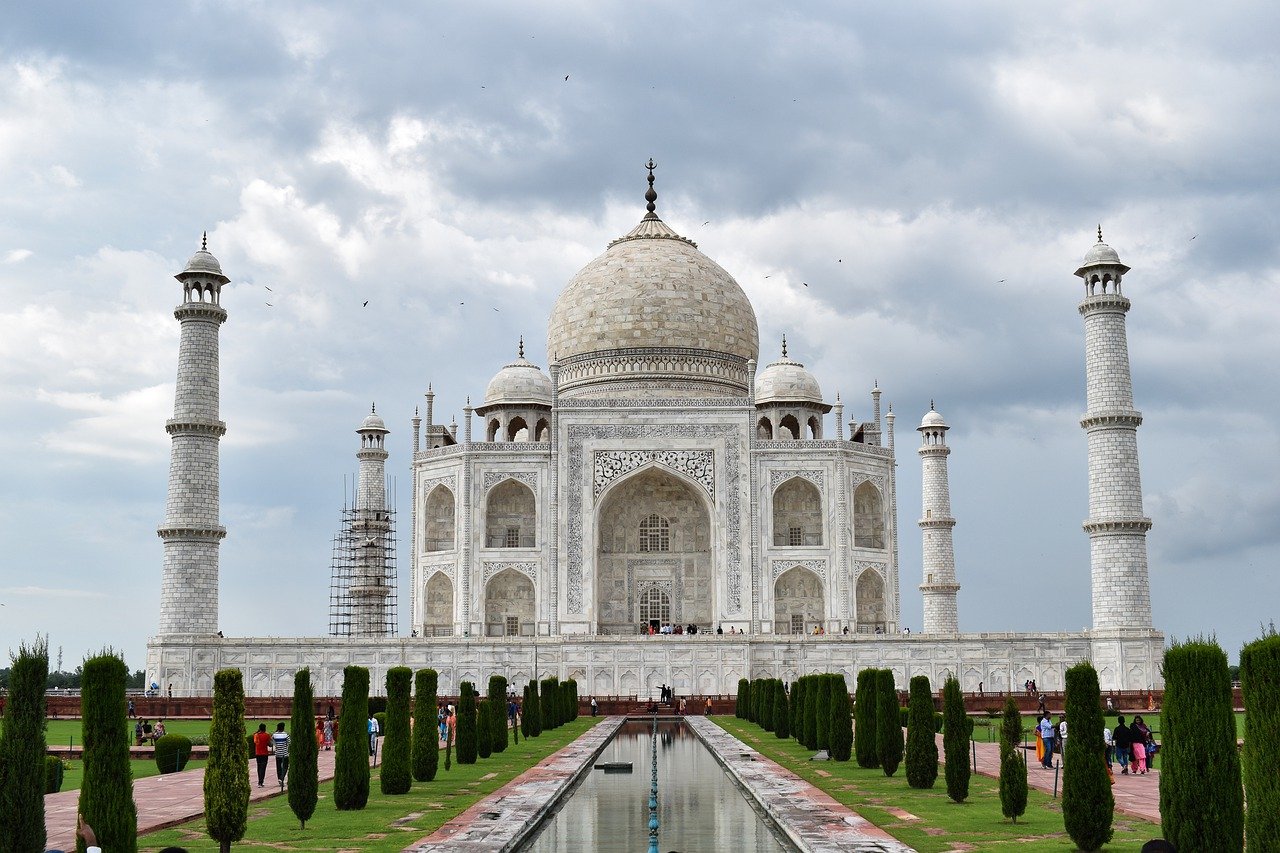
This pattern of Mughal architecture is one of the seventh wonders of the world. Millions of tourists visit the northern Indian city of Agra every year to see the Shahjahan-Mumtaz love memorial. The best time to visit the Taj Mahal on the banks of the river Jamuna is during the winter months, from October to February.
- Qutub Minar
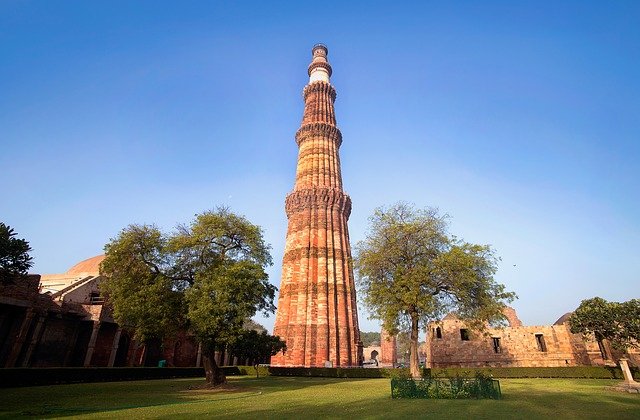
QutubMinar is a pillar or minaret located in Delhi, India, which is the tallest brick minaret in the world. It is located in the Qutub complex. Construction of the QutubMinar began in 1193 on the orders of QutbuddinAibek, the first Muslim ruler of India, but the upper floors were completed by Feroz Shah Tughlaq in 138 AD. The QutubMinar is one of the most important and ancient monuments of Indo-Muslim architecture.
- Golden Temple
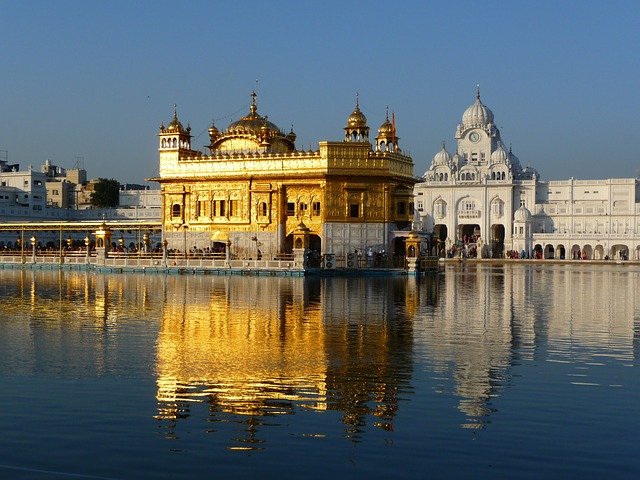
The largest temple of the Sikhs is the Golden Temple in Amritsar, Punjab Due to the immense importance of human service in Sikhism, the 182-kg gold-plated temple feeds about 50,000 people every day for free. If you go there, visitors can also help in the cooking of so many people
- The Thor Desert

The Thor Desert is a vast and arid desert region in the northwestern part of the Indian subcontinent. Its area is more than 2 lakh square kilometers. It is the 7th largest desert in the world. Most of the desert falls in the Indian state of Rajasthan. However, the Thor Desert extends to the southern part of the Indian states of Haryana and Punjab and to the northern part of the state of Gujarat. In Pakistan, the desert extends to the eastern part of Sindh province and the southeastern part of Punjab province. Another desert called Cholistan in the Punjab province of Pakistan merges with the Thor desert.Rajasthan, India, is the seventh largest desert in the world, part of the Thor Desert, a short distance from the town of Jaisalmer. The scenery of the sunset or sunrise in the desert is as fascinating as the local dance music. It is better to go between October and March to enjoy Rajasthan to the fullest, because it is very hot at other times.
- Goa
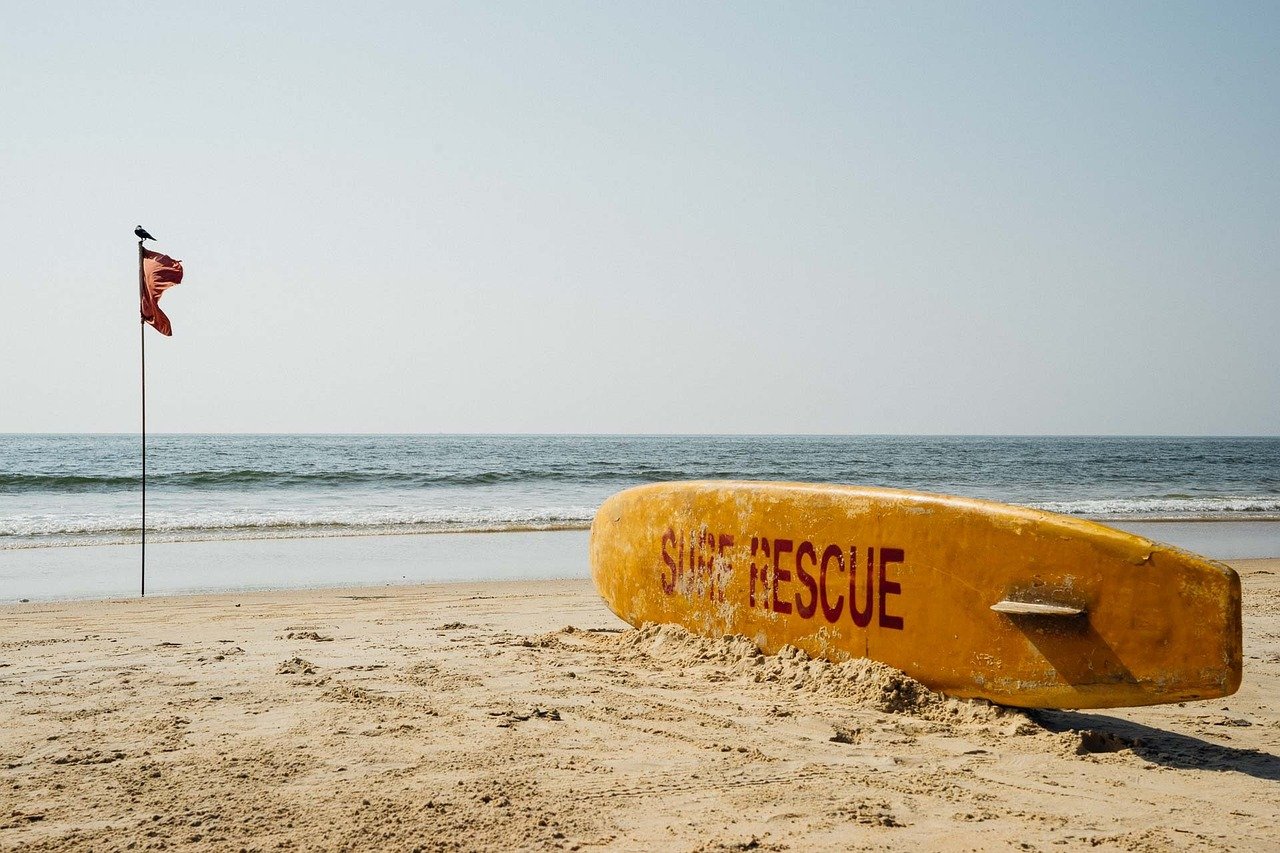
Goa is famous for its beaches, shrines and world traditional ebong architecture. Millions of international and domestic tourists visit here every year. Located on the Western Ghats, Goa is home to a huge collection of animals and plants and has been identified as a rich place for biodiversity (“hotspot” in English).In this western Indian state you will find beaches, mountains, delicious sea fish brought by the tongue of the Mandovi River and many notable places with Portuguese history. Goa, known as the ‘Party Town’ of India, is also crowded with young people from all over the world Every month there is a no-no festival So you can go to Goa at any time of the year.
- Kashmir
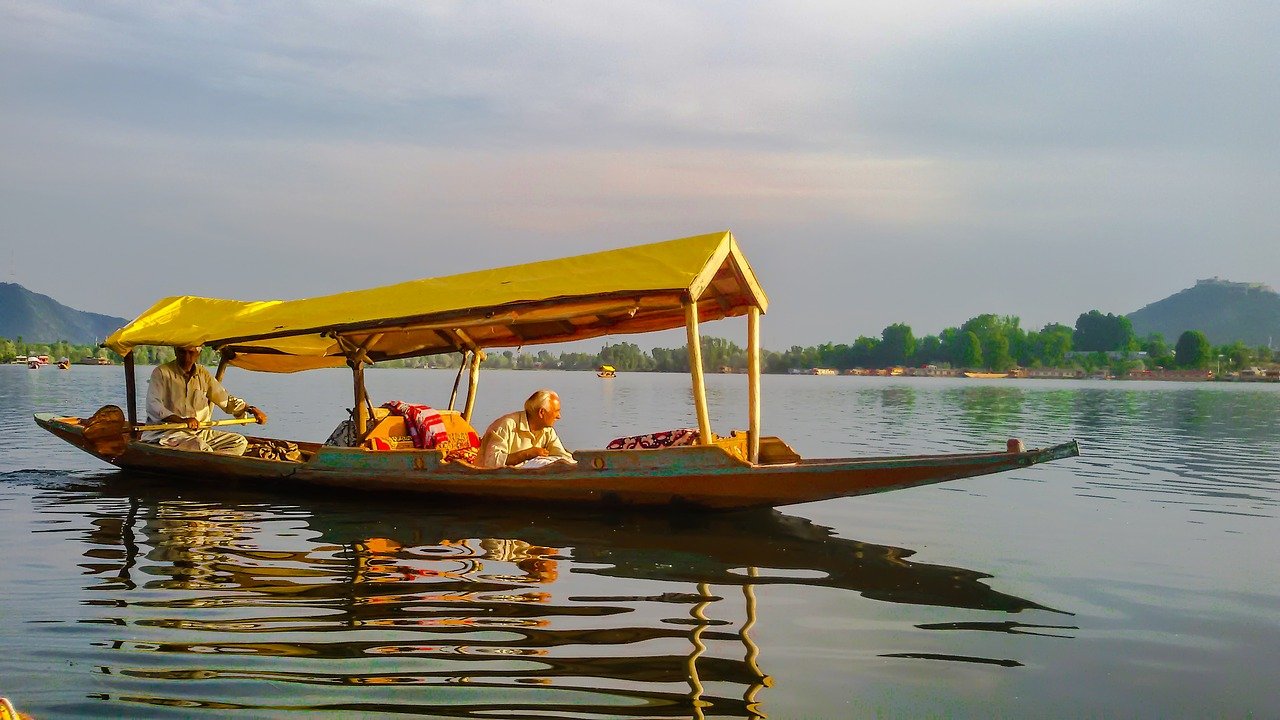
Many were moved to describe the beauty of Kashmir. The insanity about Kashmir is not less. Now Kashmir is one of the favorite places of many tourists.March to August is the best time to visit Kashmir, known as the ‘Paradise of the Earth’. Before going to Srinagar, Gulmarg, Leh, Sonmarg, make sure that you have the required documents. Being a border region, Kashmir has much tighter security than other parts of India.
- Ajanta Caves
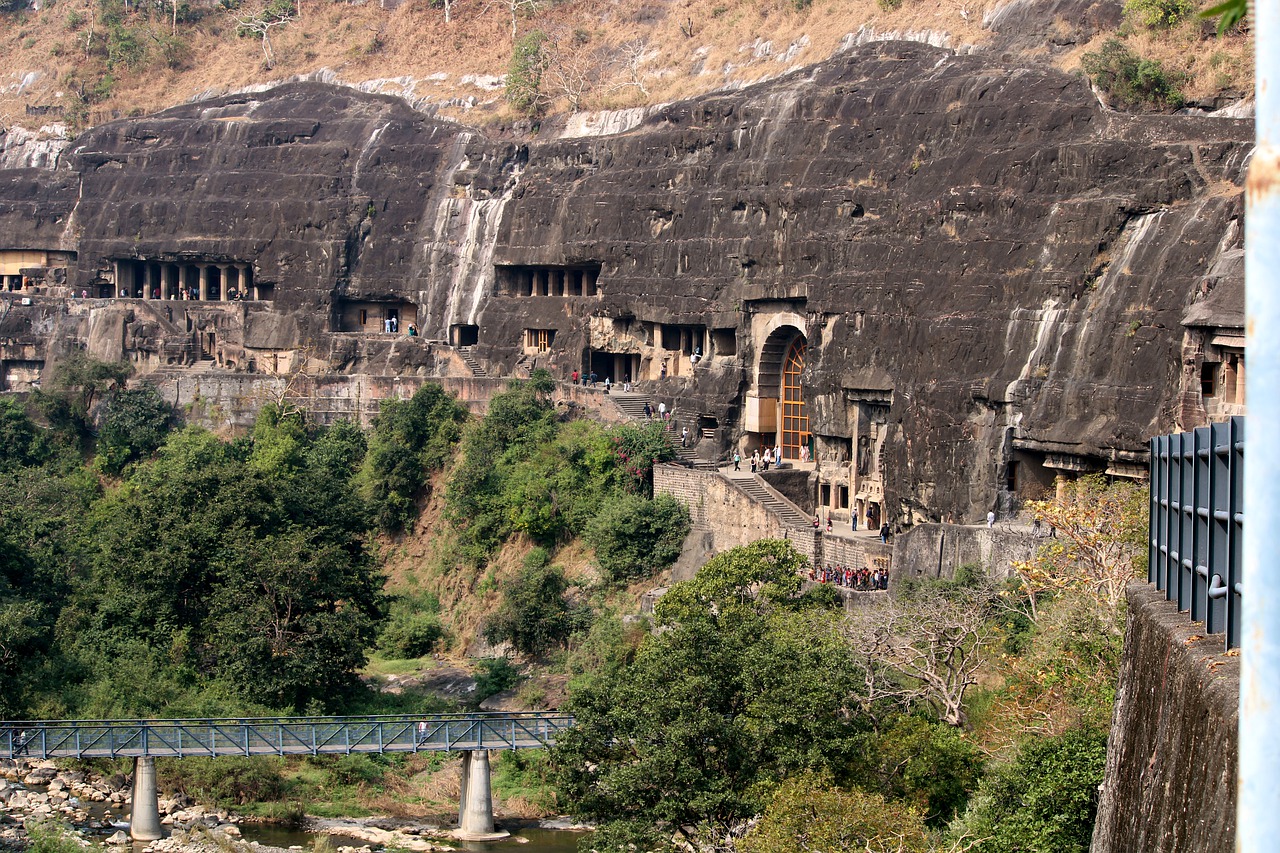
Ajanta Caves are about 30 cave-pillars carved out of deep steep ravines in Maharashtra, India.These caves, which tell the life story of Gautama Buddha, were rediscovered in 1819 after being lost in the jungle for a long time. If you go to Ajanta-Ellora, you have to go to Mumbai You can also visit Mumbai, the heart of Bollywood. These are thought to have been built between the 2nd century BC and the 7th century AD. The paintings and sculptures found in them are excellent examples of the Buddhist art of the time. The murals on the walls of Ajanta recount the tale of the Buddha’s life at various phases. The vividness of these fresco-style paintings, as well as the rich and delicate use of diverse hues, have made them one of India’s greatest examples of Buddhist art. The caverns lie on the fringes of the hamlet of Ajanta, near the Jalgaon railway station in Maharashtra’s Aurangabad district. Since 1983, the property has been a UNESCO World Heritage Site.
- The Red Fort
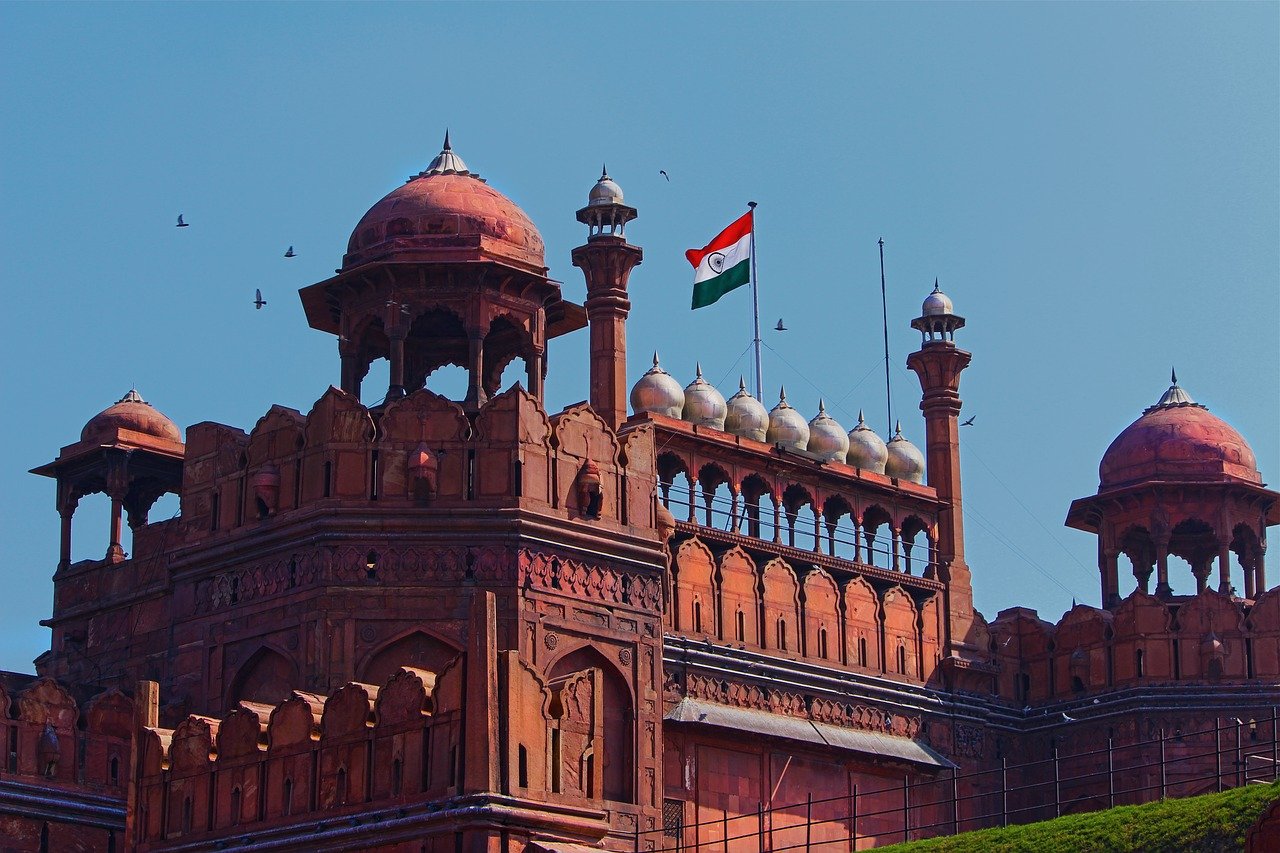
The Red Fort has been their home for hundreds of years, and its past is entwined with Mughal history. Shah Jahan, the Mughal Emperor, moved the Mughal Empire’s capital from Agra to Delhi in 1638. The Red Fort, a new royal structure, was constructed. The Red Fort is 2.41 kilometres long, with a height of 18 metres along the river bank and 33 metres in the city. Delhi Gate and Lahori Gate are the two primary gates of the Red Fort. The most crowded and diversified market in the city is ChandniChowk, which is located in front of Lahori Gate.The fort was built by the Mughal Emperor Shah Jahan and served as a military garrison for the British until 1947. Every year on Independence Day, the Prime Minister hoists the Indian national flag at this fort, which has become a symbol of the Republic of India’s sovereignty. In 2006, it was designated as a UNESCO World Heritage Site. You must travel to Delhi in order to visit the Red Fort.
- Cape Comorin
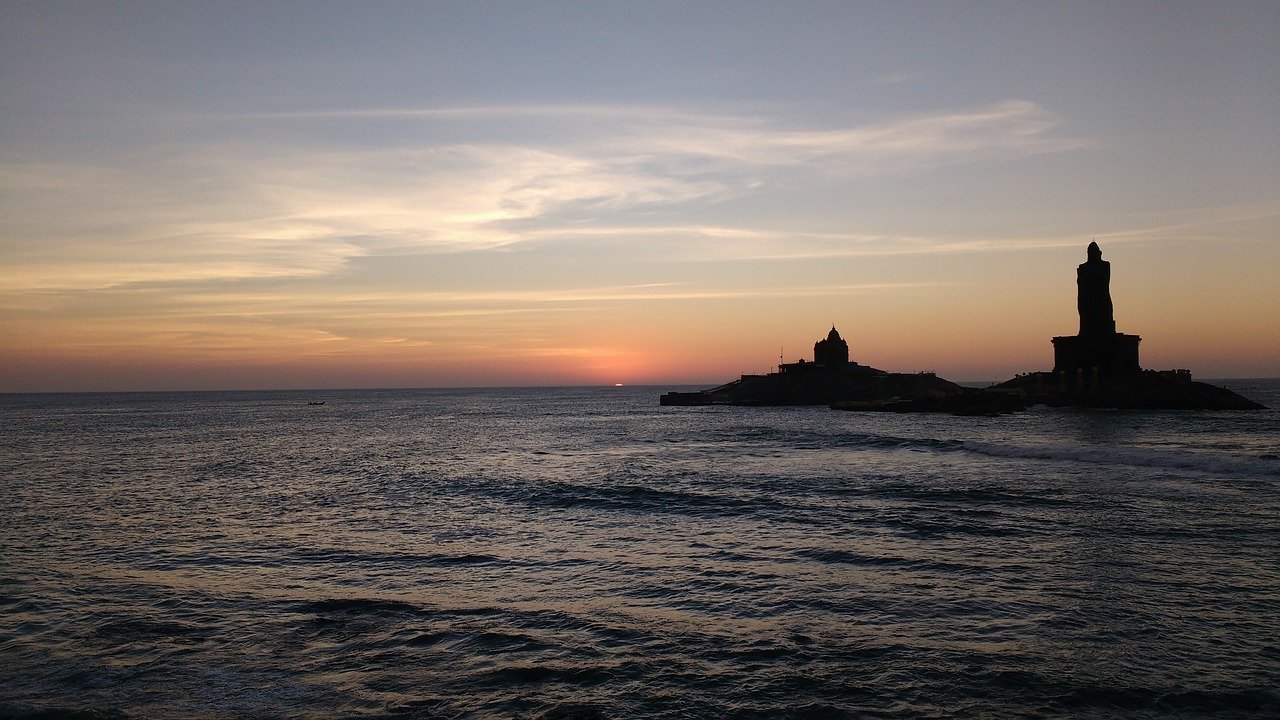
Cape Comorin is a town and municipal municipality in the Kanyakumari district of Tamil Nadu, India. The city is situated on the Indian mainland’s southernmost tip. The Cape is situated on the southernmost extremity of the Cardamom Hills, which are part of the Western Ghats, which run along India’s west coast. Nagercoil, the district capital of Kanyakumari, is 22 kilometres away from this town. Kanyakumari was the southernmost part of Tamil Nadu, or old Tamil nation, even in ancient times. Kanyakumari is named after the Hindu deity Kanyakumari (whose local name is Kumari Amman). The Goddess Kumari temple is located on the city’s beachfront, where the Arabian Sea, Indian Ocean, and Bay of Bengal all converge..
The main tourist attractions of the city are the Temple of Goddess Kumari, Vivekananda Rock Memorial – In December 1892, Swami Vivekananda meditated for a long time on this rock. The 133-foot-tall statue of the ancient Tamil poet Thiruvalluvar and Gandhimandapam (placed here before the ashes of Mahatma Gandhi were dumped in the waters of the Indian Ocean).
- Sundarban

The Sundarbans, a huge forest on the Bay of Bengal’s coast, is one of the world’s natural marvels. This beautiful forest, which spans Bangladesh’s Khulna, Satkhira, Bagerhat, Patuakhali, and Barguna districts, as well as two districts in India’s West Bengal, North 24 Parganas and South 24 Parganas, is located in the delta region of the Ganges, Meghna, and Brahmaputra river basins. The Sundarbans is the world’s biggest unbroken forest, since it is the world’s largest mangrove forest in a coastal saline climate. The Sundarbans comprise a total area of 10,000 square kilometres, with 6017 square kilometres in Bangladesh and the remainder in India.
- Ajmer Sharif Dargah

Ajmer Sharif Dargah, also known as Ajmer Dargah, Azam Sharif, or Dargah Sharif, is a Sufi shrine in Ajmer, Rajasthan. MoinuddinChisti is a Sufi saint who lives in Ajmer, Rajasthan, India. There is a maqbara (tomb) of Rev. St., MoinuddinChisti’s listener.Moinuddin Chishti (Poor Nawaz-Poor Benefactor) is a worldwide waqf and Islamic mortgage operated by the Indian government under the DargahKhwajaSaheb Act of 1955.The major hub of Ajmer Sharif Dargah is located at the foot of Targarh hill and approximately 2 km (1.2 miles) from Ajmer Railway Station and 500 metres from Central Jail. It contains many white marble structures with around two courtyards. Shah Jahan gave a huge gate constructed by the Mughal emperor Shah Jahan.
- Santiniketan
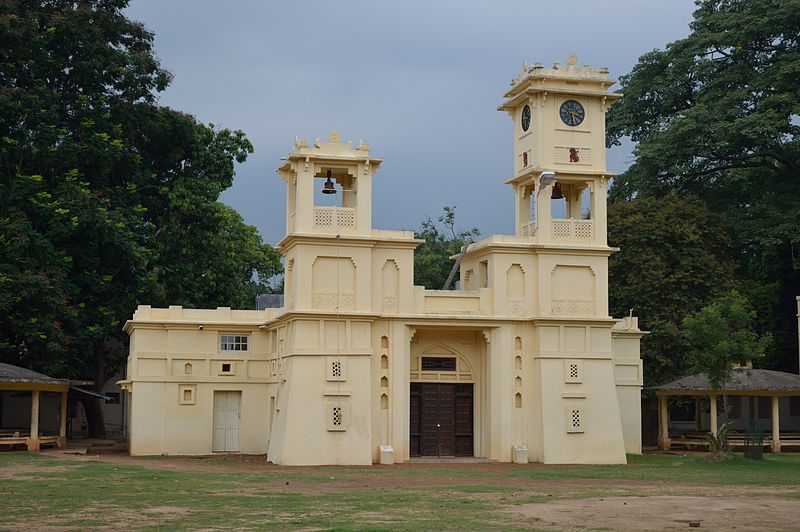
MaharshiDebendranath Tagore, the father of Rabindranath Tagore, established an ashram called Santiniketan in 1863 in Bolpur, West Bengal. In 1901, Rabindranath started a school there, which later became the Visva-Bharati University On special days of the year, such as the Spring Festival, the Christ Festival, and the PoushMela, tourists from home and abroad go there to spend time in the Rabindranath environment, in addition to the poet’s alternative educational ideas.
- Kerela

The natural beauty of the Indian state of Kerala, known as the ‘Homeland of God’, is unparalleled On one side is the famous backwater or enclosed wetland, which you have to enjoy in a houseboat. On the other hand, there are large tea gardens, Portuguese-influenced art or historical shrines of different religions. The best time to visit Kerala is between September and May.
- Benaras
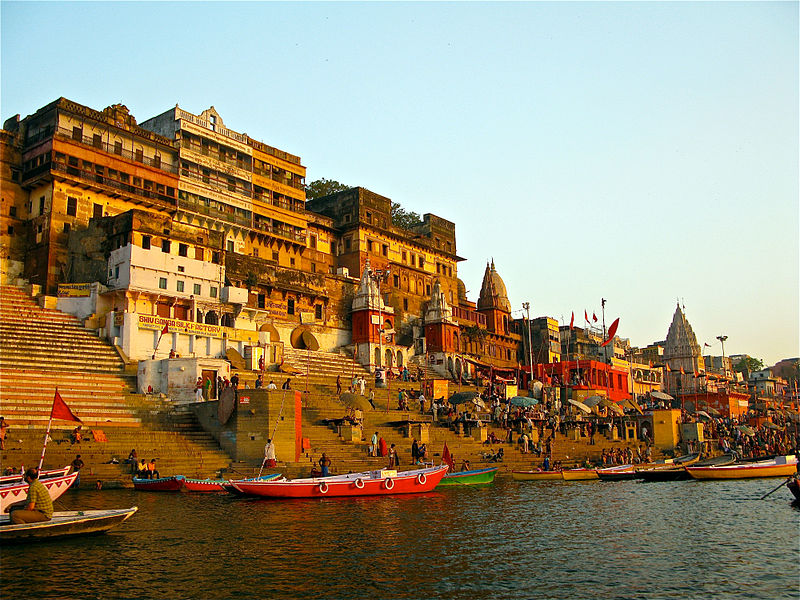
The kingdom was created by Raja Balwant Singh, a local zamindar who assumed the title of “King of Benares” after the Mughal Empire disintegrated in the mid-eighteenth century. As the Nawab of Oudh and the East India Company’s kingdom, his successors governed the territory around Benares. Benares was made a full-fledged state of British India in 1910. The state was absorbed into India after India’s independence in 1947, yet the people of Varanasi still hold Kashi Naresh (viceroy) in high regard. He is a holy figure, and the people of Varanasi believe he is Shiva’s incarnation. He is the patron saint of the arts and is present at all religious festivals.The ruling family claimed the descendants of Lord Shiva and benefited greatly from the Benares pilgrimage. In 1948, Sir Bibhuti Narayan Singh, the 88th ruler of Kashi, accepted the request of the first Indian Prime Minister Jawaharlal Nehru and signed to join the Indian Union.
- Vicotoria Memorial
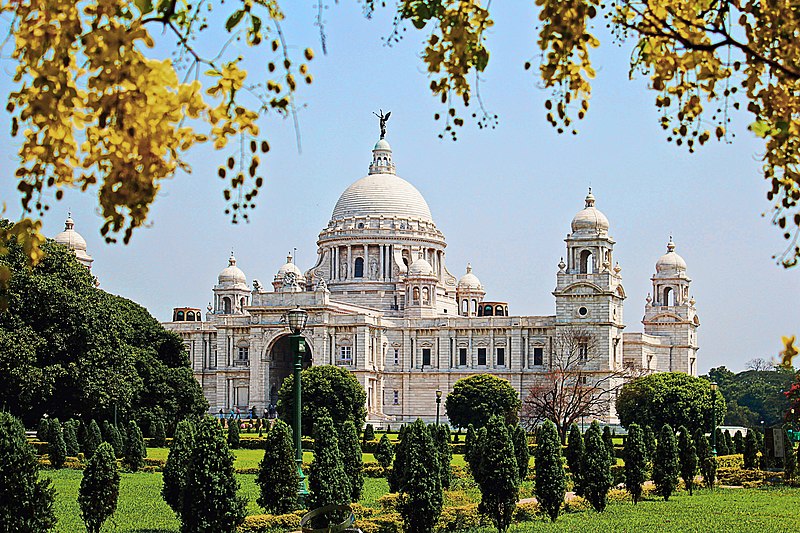
Victoria Memorial Hall, also known as the Victoria Memorial, is a Queen Victoria monument in Kolkata, West Bengal. It’s worth noting that Victoria held the title of Empress of India. The white stone monument, named after Queen Victoria of England, is now a national museum and one of Kolkata’s most popular tourist sites.
- Alleppey
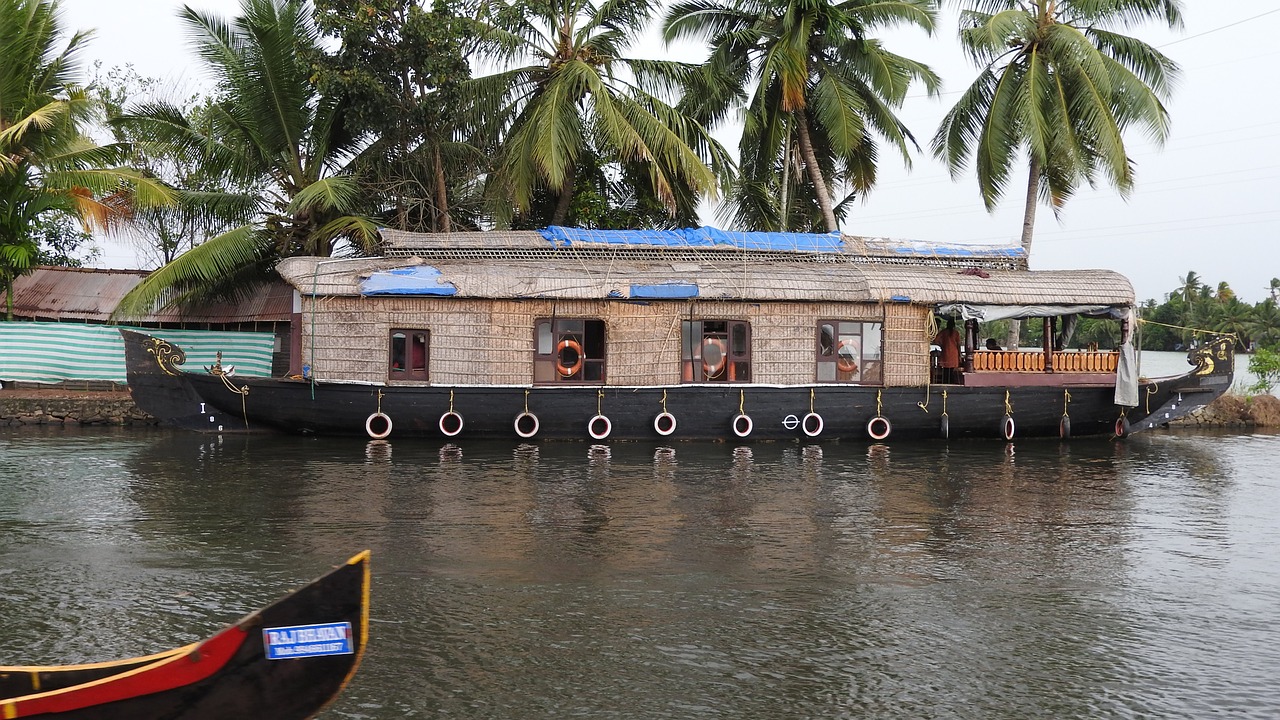
Nature has spent all of her richest bounty on this area. Alleppey, the East’s Venice.” So declared Viceroy and Governor-General of British India in the early 1900s, George Nathaniel Curzon. Alappuzha, commonly known as Alleppey, is unlike any other place in India. It is located in the centre of Kerala’s economically thriving and bountiful rice bowl. Alleppey, which is located on the Laccadive Sea and has the Vembanad Lake to its northeast, is compared to Venice because of its extensive network of freshwater rivers, canals, lakes, and lagoons. Alleppey’s existence is linked with nautical activity, much like Kochi’s, which was and continues to be a vital maritime node for Indian Ocean commerce.
- Pink city
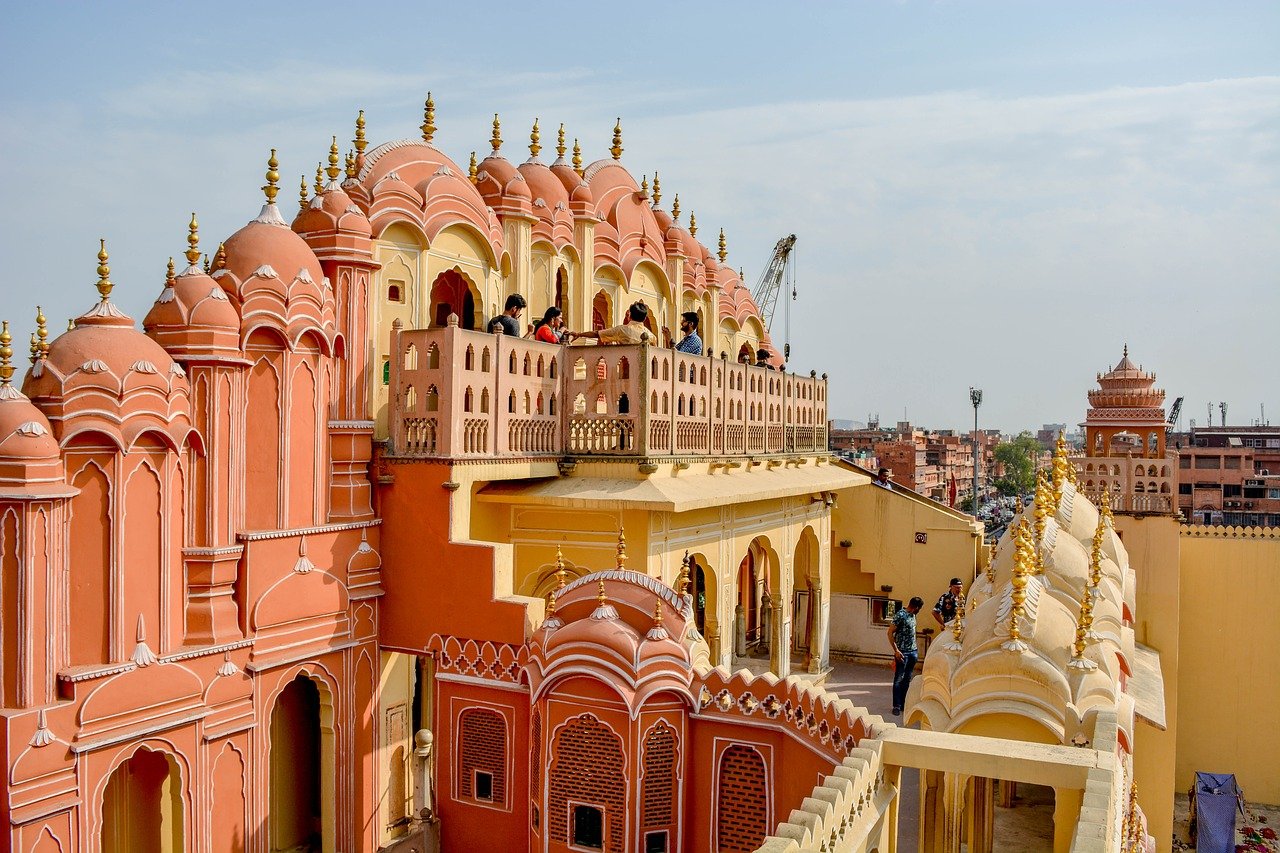
On July 6, 2019, the UNESCO World Heritage Committee included Jaipur, Rajastan to its list of World Heritage Sites as the “Pink City of India.” The UNESCO World Heritage Sites Amer Fort and JantarMantar are both located in the city.
- National Park
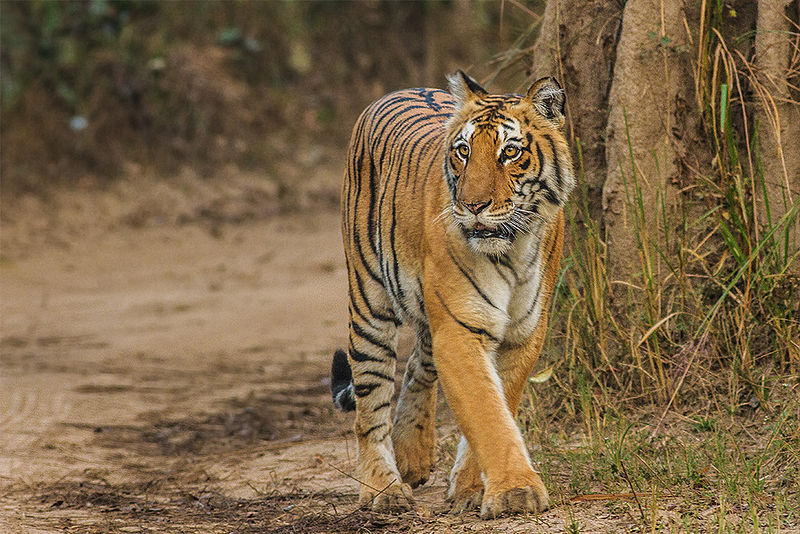
Established in 1936 as Hailey National Park to conserve the endangered Bengal tiger, Jim Corbett National Park is India’s oldest national park. It was named after hunter and naturalist Jim Corbett and is located in Uttarakhand’sNainital and PauriGarhwal districts. The park was the first to be included in Project Tiger’s efforts.
Hills, riverine belts, marshy depressions, grasslands, and a huge lake make up 520.8 km2 of Corbett National Park. The elevation varies between 1,300 and 4,000 feet. The nights are chilly throughout the winter, but the days are bright and beautiful. From July through September, it rains. Geographically and ecologically, the park resembles the Himalayan belt,
- The world’s tallest statue is situated on the banks of Narmada river
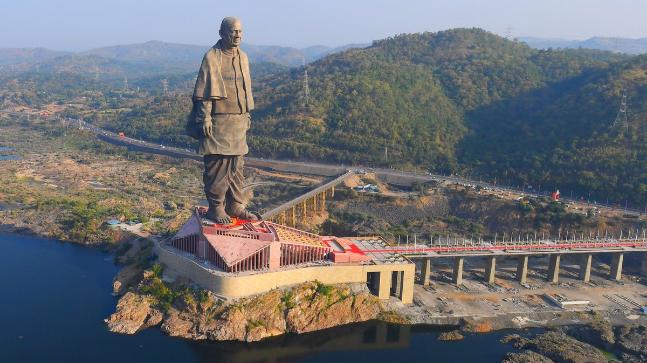
The Statue of Unity is a massive statue of Indian politician and independence fighter Vallabhbhai Patel (1875–1951), who served as India’s first Deputy Prime Minister and Home Minister and was a staunch supporter of Mahatma Gandhi throughout the nonviolent Indian Independence Movement. Patel was well-liked for his role in bringing together 562 princely kingdoms of India and a large portion of the old British Raj to establish the Indian Union. The statue can be seen in the Indian state of Gujarat. With a height of 182 metres, it is the world’s highest statue (597 feet).It lies 100 kilometres (62 miles) southeast of Vadodara and 150 kilometres (93 miles) from Surat, on the Narmada River in the Kevadiya colony, opposite the SardarSarovar Dam. The Statue of Unity is just 5 kilometres away from the Kevadia train station. The project was initially announced in 2010, and Larsen & Toubro began work on the monument in October 2013, with a total construction cost of Rs. 2700 crore (US$422 million). It was designed by Ram V. Sutar, an Indian sculptor, and unveiled by Indian Prime Minister Narendra Modi on the 143rd anniversary of Sardar Patel’s birth on October 31, 2018.
- India is cultural Country, which is incredible to world people
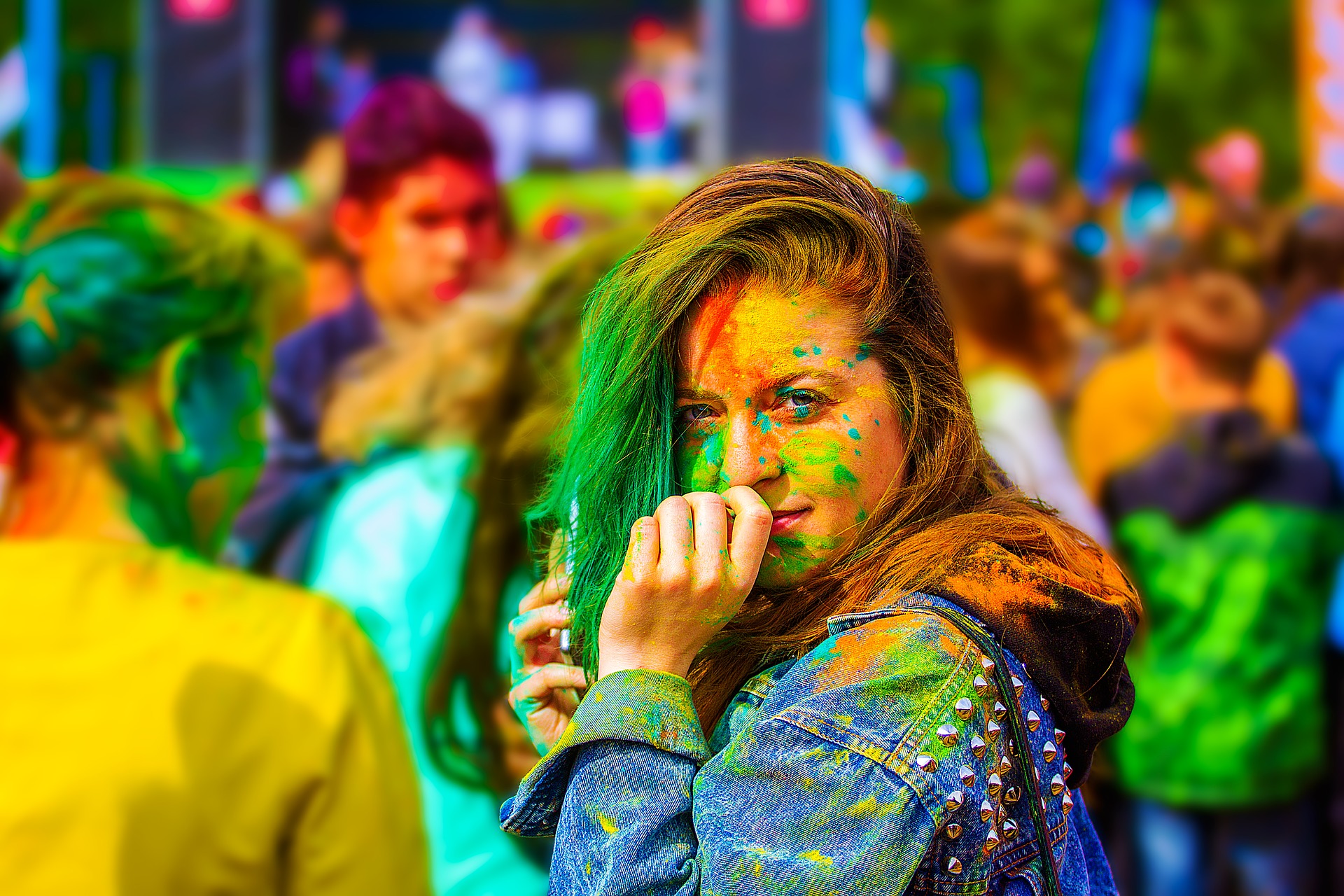
There are 32 UNESCO World Heritage Sites in India as of 2014. Following a general session of UNESCO from October 17 to November 21, 1972, the Charter was approved on November 17, 1997 to conserve the world’s cultural and natural heritage places. India’s first world heritage sites are Agra Fort and Ajanta Caves. The two sites were designated as World Heritage Sites during the Seventh World Heritage Session in 1983. Thirty additional locations were added to the list in subsequent years. The Great Himalayan National Park was designated as a World Heritage Site in 2014, making it the country’s most recent World Heritage Site. Twenty-five of India’s 32 World Heritage Sites are cultural hubs, with the remaining seven being natural wonders. India has also added 50 additional potential World Heritage sites to its list.
